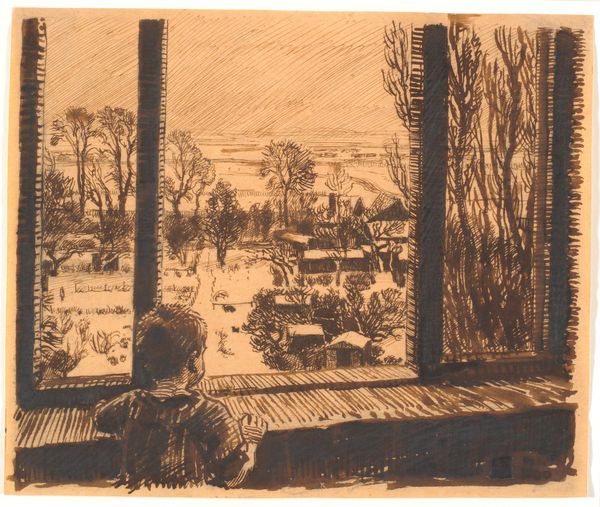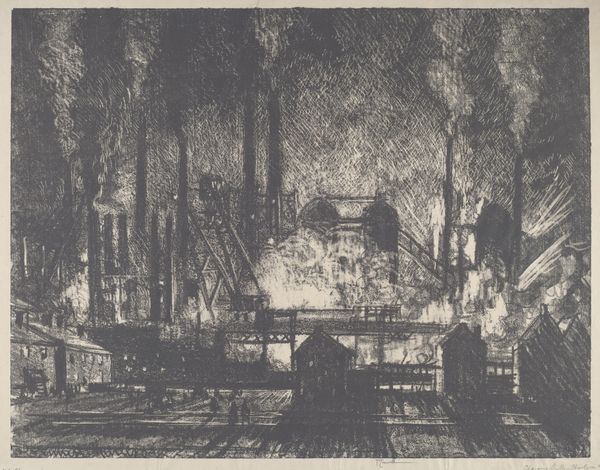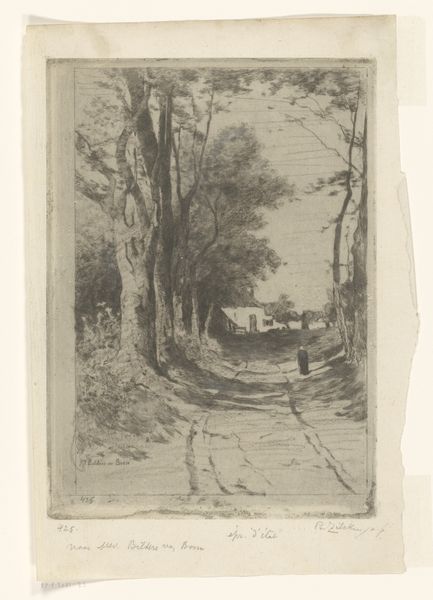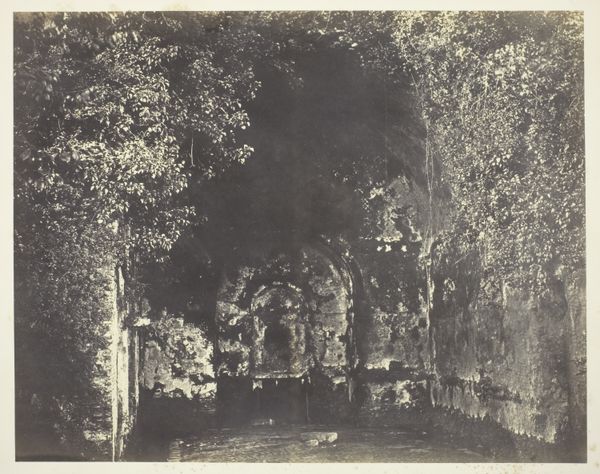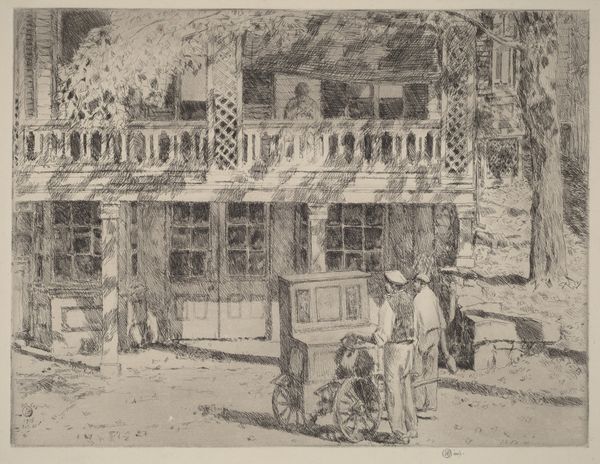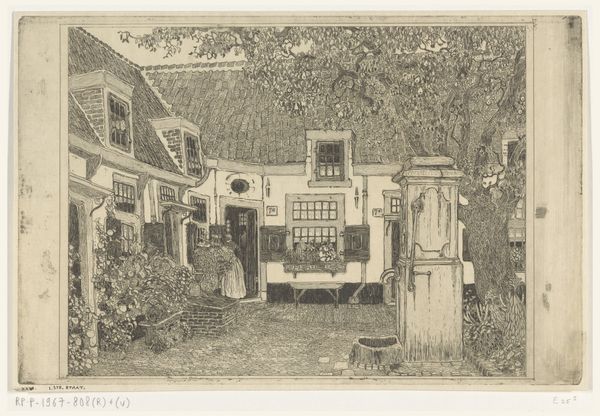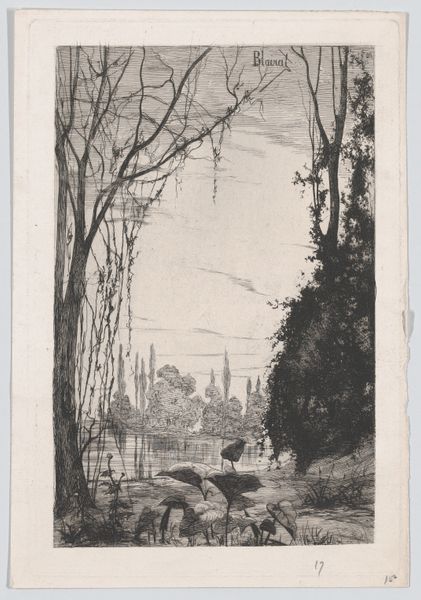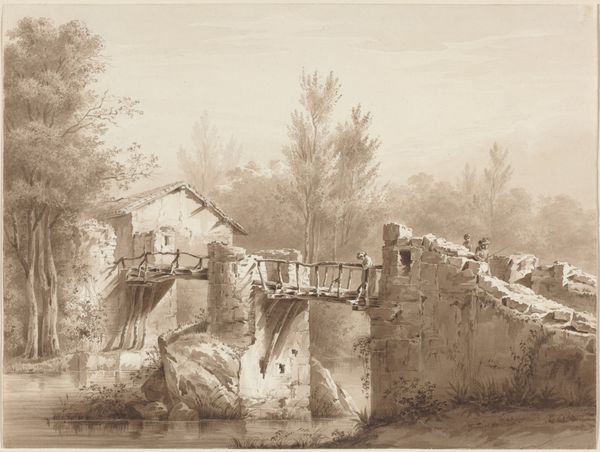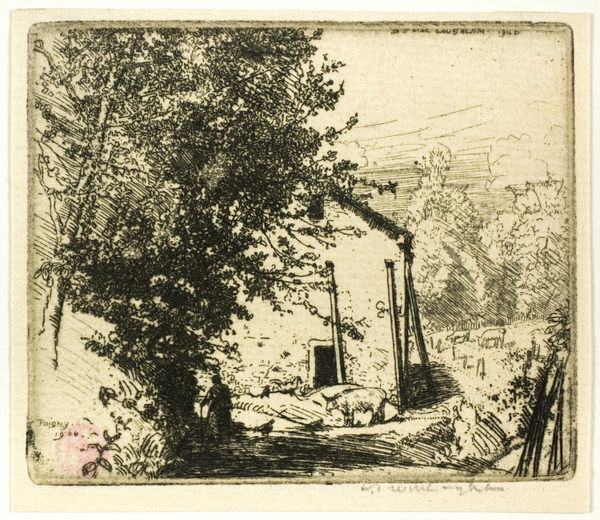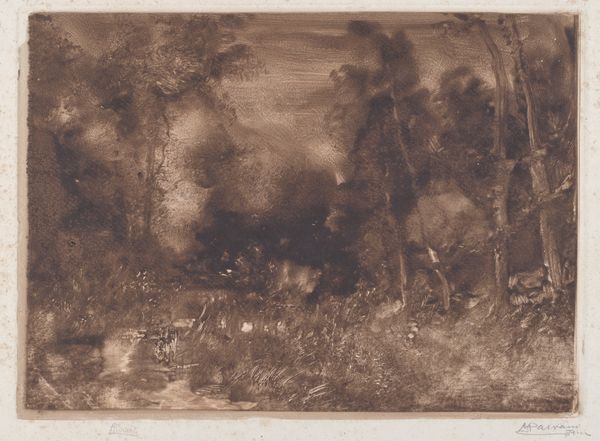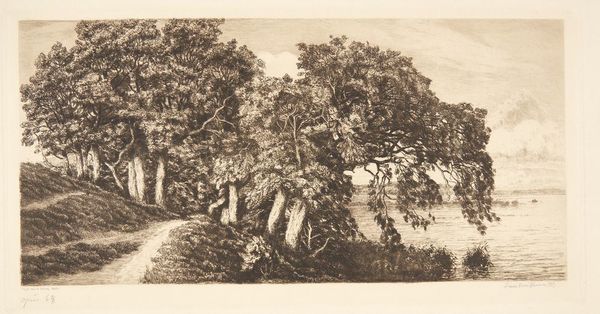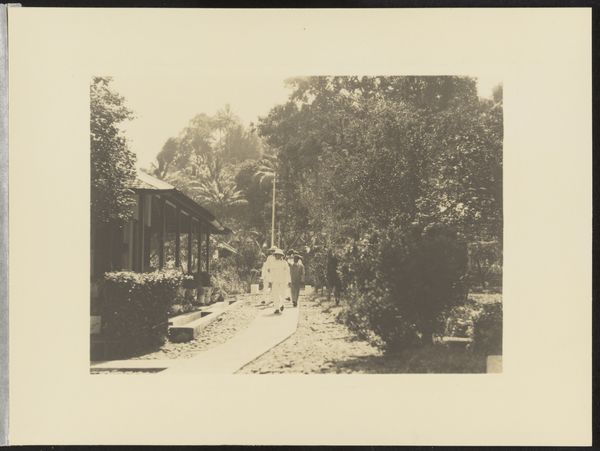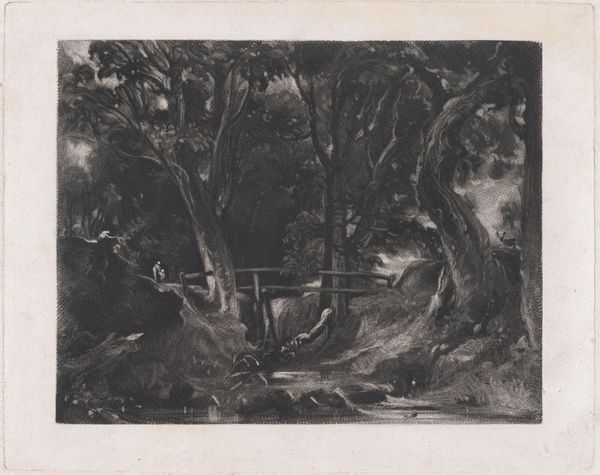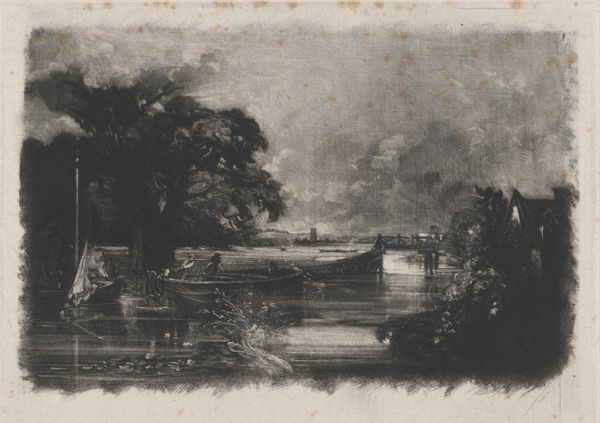
# print
#
cityscape
#
modernism
#
realism
Copyright: National Gallery of Art: CC0 1.0
Curator: What a wonderfully evocative print! We're looking at Joseph Pennell's "Munitions River," created in 1916. Editor: My initial reaction is one of oppressive gloom. The pervasive smoke and grime seem to smother any sense of human activity. Curator: Indeed. Pennell masterfully uses the etching technique to convey a scene dominated by industrialization. The tonal variations – the contrast between dark plumes of smoke and lighter areas – create a dramatic, almost theatrical effect. Note the dense, almost claustrophobic, composition, lacking any real horizon line. Editor: It's fascinating how Pennell romanticizes industrial might while subtly indicting its social costs. Pennell created this during World War I, at a time when war effort drove manufacturing. These factory river scenes became a point of American strength, but also social disruption and pollution for immigrant and working-class populations. It is a story of simultaneous building and displacement. Curator: Precisely. He transforms these scenes into visually arresting compositions. The recurring vertical forms, the chimneys, create a sense of upward thrust, power and ambition. Observe the diagonal lines formed by the bridges and docks; how they create dynamism and movement. The print teeters between representation and abstraction, verging towards vorticism perhaps? Editor: Yes, and those diagonals can also be read as instability, imbalance. The tiny human figures on the periphery emphasize the dwarfing power of the war machine, which suggests alienation and exploitation inherent in mass production, while perhaps highlighting questions around who profits and who pays. Curator: A compelling perspective. Consider, though, how the artist compels the viewer to confront the aesthetics of industry. The recurring geometric shapes--squares, rectangles, circles--provide compositional structure to the dense layering of the scene. Editor: I can't help but think about the environmental implications of that industry—then and now. Pennell documented a time of momentous societal changes. "Munitions River" captures not only the visual aesthetic of early 20th century industry but the social and environmental trade offs that remain relevant today. Curator: A sober, and relevant observation, I concur. Pennell has, with this print, transformed industrial might into both a potent symbol and an ambiguous meditation.
Comments
No comments
Be the first to comment and join the conversation on the ultimate creative platform.
